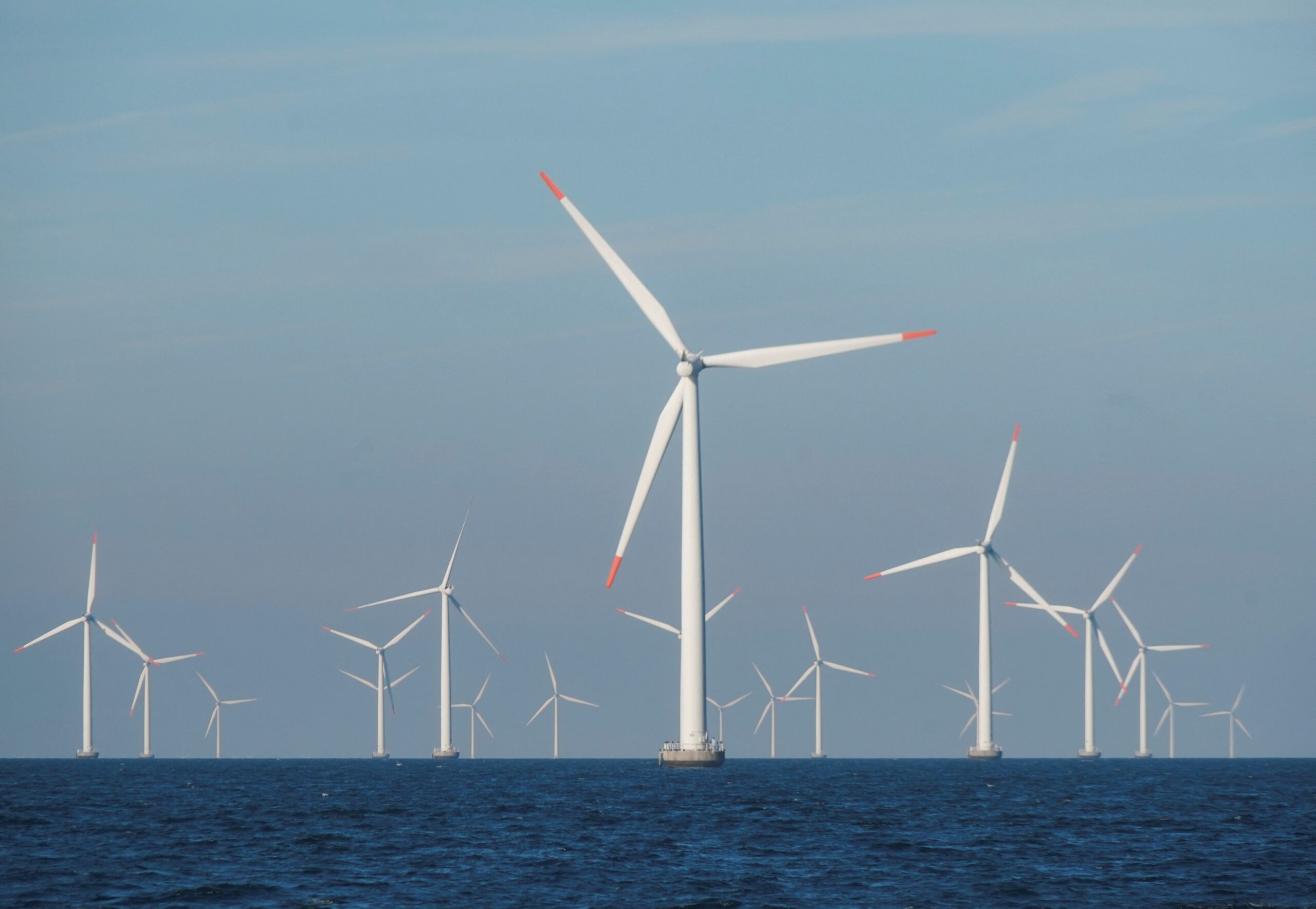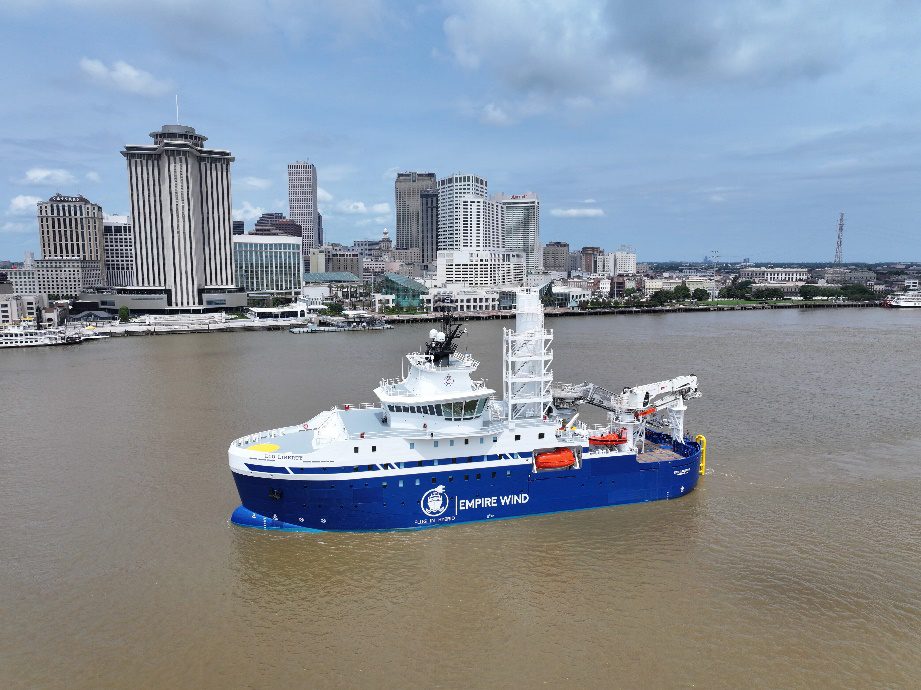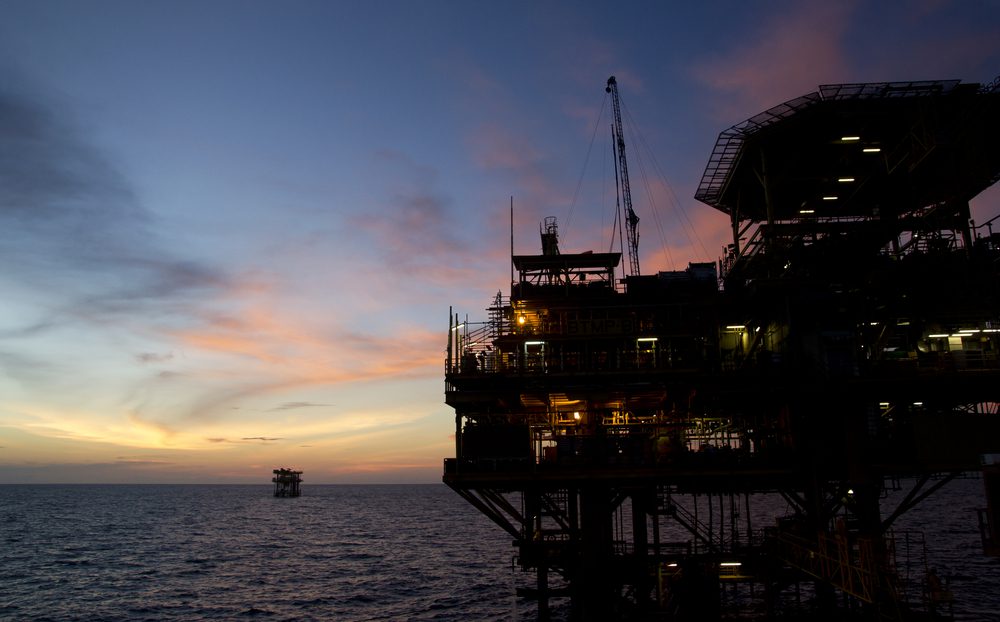The offshore wind industry is experiencing rapid growth globally, with increasing investment, power capacity, and technological innovations. However, developers and insurers face various risks, including prototypical technology, economic pressures, extreme weather conditions, cable damage, collision perils, and environmental concerns, according to a new report from Allianz Commercial, a leading insurer of renewable energy and low-carbon technology.
The report, titled A turning point for offshore wind, highlights growth opportunities, tech innovations, risk trends, and loss patterns for the offshore wind industry as the sector prepares for ‘epic’ global growth.
“Offshore wind farms are highly complex projects,” says Anthony Vassallo, Global Head of Natural Resources, Allianz Commercial. “The lessons learned from past losses – which are primarily damage to cables and turbines – are essential for the industry to continue to grow sustainably. Emerging risks need to be explored, too, as developers prepare for widescale deployment of offshore wind around the globe. The size of turbines is ever increasing, wind farms are moving further out into harsher marine environments where they are more exposed to extreme weather, and technological innovation is constantly progressing. Navigating biodiversity issues in coastal communities will also become more important as demand for ocean space is set to increase fivefold by 2050.”
China has become the largest market for offshore wind, surpassing Europe, while the United States is also heavily investing in the sector. In 2022, 8.8GW of new offshore wind capacity was added globally, bringing the total installed capacity to 64.3GW. The Global Wind Energy Council predicts that 380GW of offshore capacity will be added across 32 markets in the next decade.
However, developers in the wind industry face challenges from spiraling costs, inflation, rising interest rates, and geopolitical instability. Supply chain bottlenecks, permitting procedures, and grid connection delays further add to the pressure.
“The scale and scope of the global offshore wind roll-out is epic. It requires the expansion of manufacturing footprint, port facilities, and infrastructure. And it needs to be fast-tracked by all stakeholders in a joint effort – financial institutions, corporates, and governments,” says Adam Reed, Global Leader Offshore Renewables and Upstream Energy, Allianz Commercial.
Cable damage is the top cause of claims, highlighting the need for quality service and expertise in remedying incidents.
In Germany and Central Eastern Europe, cable damage accounted for 53% of offshore wind claims by value from 2014 to 2020, followed by turbine failure at 20%. Cable failures, ranging from transport losses to bending during installation, have resulted in significant financial losses and the potential shutdown of entire networks of turbines.
“Cable risk is critical and therefore the quality of service is vital. Contractors need to provide assurance they have the required expertise to remedy incidents and that they can source replacement components quickly in order to contain losses incurred during downtime,” explains Reed. “From an underwriting perspective, with subsea cabling work insurers pay close attention to the type of cabling used, the kind of vessels involved, the communication between client and contractor, and how often qualified risk engineers will make site visits to oversee proceedings.”
The sector is also embracing tech innovations, such as so-called “energy islands” that share power between grids and nations and multi-purpose wind farms that produce green hydrogen or house battery storage facilities. Pilot projects, like the Offshore Logistics Drones by EnBW, are testing the use of drones for turbine maintenance and repairs in offshore wind farms, reducing the need for helicopters and human intervention. Additionally, the advancement of floating wind technologies in deeper ocean waters is nearing commercialization.
Managing the increasing size of wind turbines and the availability of specialist vessels present additional challenges.
“With new technological approaches and an increase in turbine size comes a corresponding increase in risk,” says Dr Wei Zhang, Senior Risk Consultant, Natural Resources, Allianz Commercial. “We are closely monitoring the many innovations in the offshore wind industry which include prototypical technologies, pilot projects, and evolving standardization. These new and unproven technologies often come with a lack of technical maturity and data available. By partnering with clients in the early stages of projects, and exchanging knowledge and learnings, all parties will gain a greater understanding of the exposures involved.”
The report also highlights the need for a larger global fleet for offshore wind projects beyond Europe, and raises concerns about vessel collisions with turbines and offshore infrastructure, noting an increase in incidents in recent years. While most incidents involve smaller vessels due to human error, there have been incidents involving larger vessels, which is a growing concern considering the planned installation of 2,500 wind turbines in the North Sea by 2030.
As the offshore sector expands globally, there will be new developments in territories prone to different weather conditions and natural catastrophes, posing new challenges for managing operations in hazardous marine environments.
“On the East Coast of the United States or Taiwan, for example, wind speeds and wave action will be much more significant. It remains to be seen whether climate change will heighten the risk, as rising sea surface temperatures can intensify the strength of hurricanes,” explains Reed.
According to the Allianz report, the offshore wind industry must prioritize responsible development and environmental stewardship, considering its impact on biodiversity, marine wildlife, and the sourcing of raw materials like rare earth elements and lithium.
Despite challenges, Allianz is supporting offshore wind developments as an investor and insurer. In their Net-Zero Transition Plan, they aim for significant revenue growth in renewable energy and low-carbon technology by 2030, with additional investments for climate and clean-tech solutions. They are involved in numerous wind farm and green energy projects worldwide and provide insurance coverage for offshore wind developments.

 Join The Club
Join The Club










